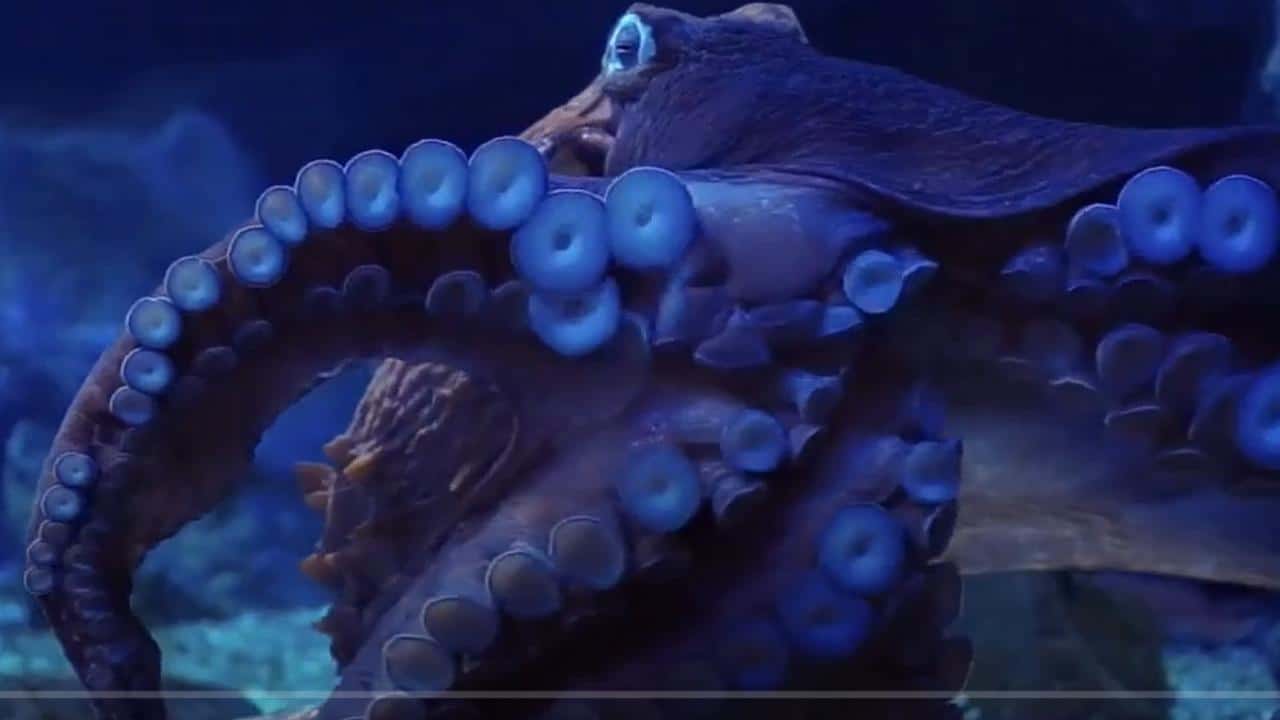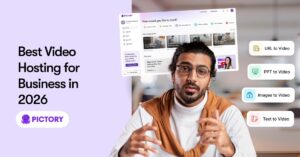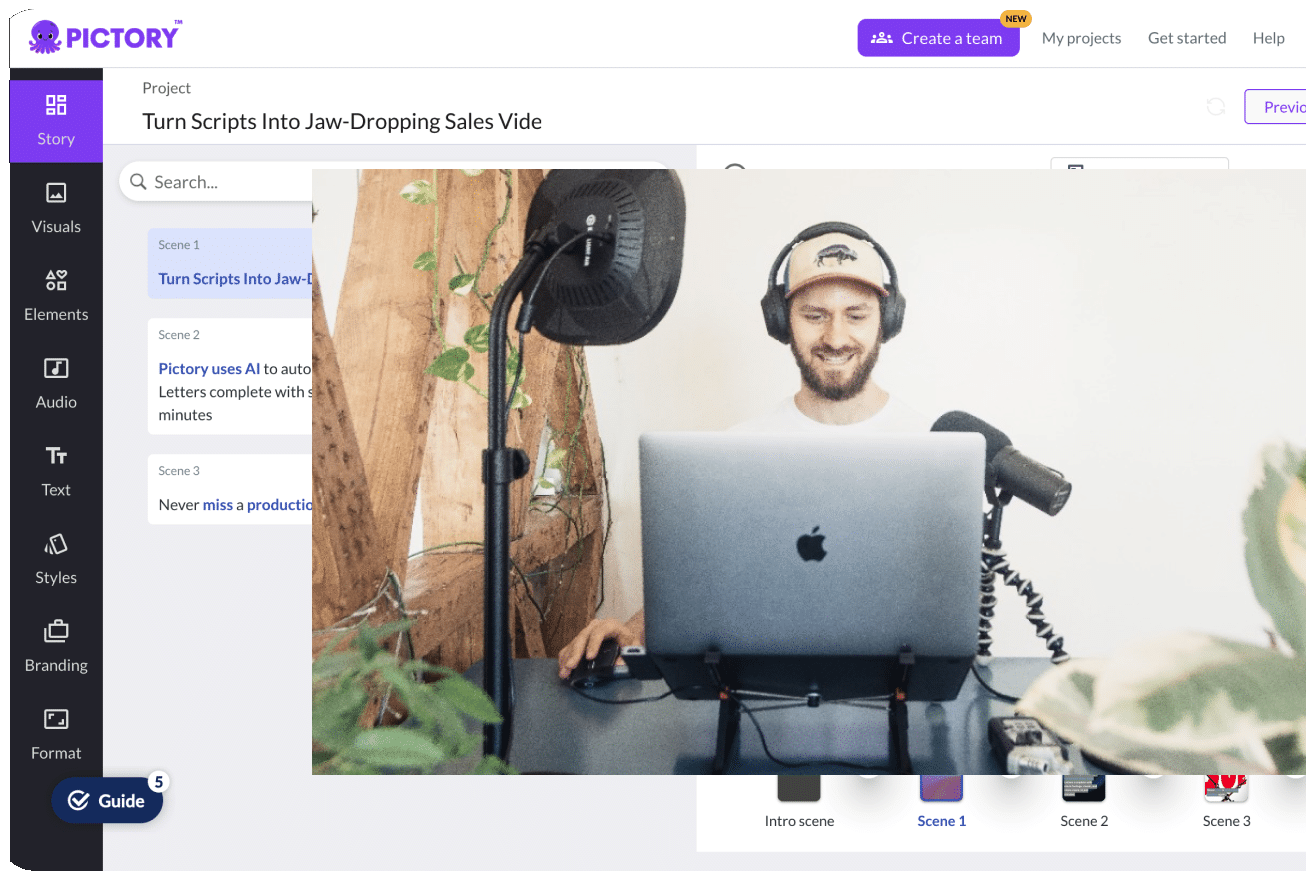Watch the Script to Video version of this blog article, made with Pictory!
What animal has blue blood, three hearts, and a close connection to artificial intelligence? The Octopus!
The Octopus is a soft-bodied, eight-limbed marine mollusk and cephalopod, meaning “head foot”. Octopuses use their 8 arms to walk around on the seafloor and feed on crustaceans, fighting off enemies by spraying ink in their eyes.
Advanced technology often imitates nature as this is what science and our general knowledge are based on. Artificial Intelligence, specifically, is trained on nature through the behaviors and patterns of many existing animals and human beings.
AI algorithms are able to formulate and construct their neural networks based on the brain networks and thinking process of many different beings and animals, including the Octopus.
Octopuses are sentient beings, which means they are able to perceive and respond to sensations of whatever kind-sight, hearing, touch, taste, or smell.
By being sentient, octopuses learn from their environment in a multitude of ways, improving and strengthening their brains and networks of knowledge about the world around them.
Also through being sentient, octopuses collect information and data about the world surrounding them, as well as the many predators and underwater behaviors of other animals, which can be analyzed and organized by artificial intelligence algorithms.
Apart from (and also partially due to) being sentient, octopuses are some of the most intelligent animals to ever exist. As stated by Alfonso Iniquez in his “The Octopus as a Model for AI” study, “the octopus is a model for efficient cognition given the limited amount of available neurons in its brain”.
Octopuses have even been claimed to be smarter than human children, as can be seen through an octopus being able to open a childproof bottle within 55 minutes at the Seattle Aquarium.
Octopuses are also very expressive and develop a personality that allows them to express their thoughts and feelings. Artificial Intelligence machines are not naturally expressive, however they are able to learn from recorded emotion and replicate it at a certain time, imitating a real emotional expression.
William McKinney from Edgy explains that “AI can be loaded into any physical object or molded into any digital form, so a greater understanding of expression could lead to a robot dog or butler worth making an actual emotional connection with”.
Through studying octopuses, their brains, and their vast knowledge, we can learn from their intelligence, and train algorithms to learn, educate, and improve themselves through these observed and learned behaviors.
Furthermore, by studying octopuses, how they think, and how they form their own personality and identity, many of the same neural pathways and thinking processes can be applied to AI algorithms in teaching them how to develop their own personality and “identity”.
Another interesting aspect that connects AI with octopuses is their incredible memory, which is a key factor in their intelligence.
Edgy states that “for intelligent animals like octopuses, having a good memory could make the difference between getting your camouflage right or not.” Meanwhile, for Artificial Intelligence, the data of thousands of ‘memories’ can be used to train an AI algorithm and make the difference between getting an accurate judgment or not.
Octopuses live in underwater environments with many enemies, obstacles, and dangers. Part of being an intelligent underwater animal is learning how to hide from or fight off these enemies and dangers to stay alive and defend their territory.
William McKinney explains that “depending on the type of octopus you are working with, they can use adaptive camouflage, burrow, and even squeeze themselves through impossibly tight spaces”, utilizing high degrees of intelligence as they are reacting to situations and making the best decision in a dangerous situation.
Similarly, when Artificial Intelligence algorithms are being trained, the engineers want the AI to be able to “enter a new situation and figure out how to handle it without needing [their] guidance”, as stated in Edgy.
Therefore, AI algorithms can learn from Octopuses’ behaviors and reactionary patterns to teach the AI how to adapt to different situations and dangerous environments.
By giving the AI such a high level of intuition and environmental adaptability, it can learn how to predict dangers and how to avoid them completely.
One of the most fascinating parts about Octopuses is that their arms truly have a mind of their own.
According to the Smithsonian, “Two-thirds of an octopus’ neurons reside in its arms, not its head. As a result, the arms can problem solve how to open a shellfish while their owners are busy doing something else, like checking out a cave for more edible goodies.”
This makes octopuses extreme multitaskers as they have many arms to accomplish many things.
Here at Pictory, we have our own amazingly intelligent octopus who is ready to help you with any tasks you have. His name is Pickford – and he’s ready to use all 8 of his arms to help you pick the best video clip, music track, and background photo for your high-quality video project!
Just like Octopuses’ arms, Pickford multitasks in the background to produce your video, and you are able to work on another project in the meantime.
Why the Octopus? Learn more about Pickford and why we chose him here.
Try out Pickford and Pictory today: pictory.ai








